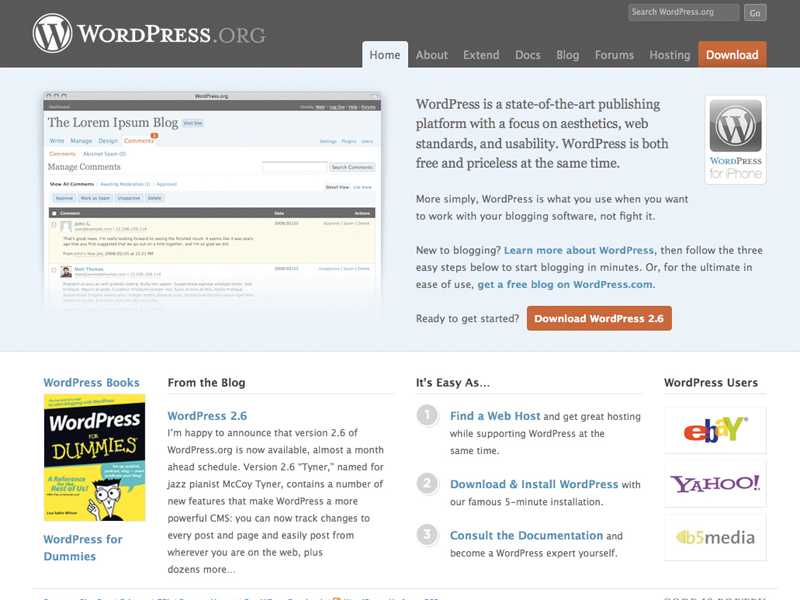Tips and tricks to turn you into a faster, smarter web designer
Productivity-boosting ideas to guarantee great results

Ever had a day when you don't seem to have achieved anything? Ever worried you're not going to make your deadlines? Does that project you're working on seem like it will never end?
We all want to become faster and more efficient – but it often seems like there's no time to make improvements to the way we work. We can laugh at the self-defeating nature of this circular logic, but that doesn't get us any closer to a practical solution.
Yet working smarter doesn't have to mean taking a month off to design a totally new system. In fact, it's often the most simple changes that are the most effective.
What follows are some straightforward, easy to implement ways to maximise effectiveness and efficiency in all areas of your work, from initial concepts through to design and programming, and also in terms of work environments and project management. Get it right and your work could be in a future list of 20 websites that changed the world.
As you'll see, the best in the industry aren't only those who output visually stunning or massively useful and usable projects – they're also the ones who work most productively.
Back to basics
Given the digital age we live in, it's hardly surprising that many of us leap straight into Photoshop and Dreamweaver upon receiving a brief. This is, to put it mildly, jumping the gun, and not the way to efficient, solid work.
Get daily insight, inspiration and deals in your inbox
Sign up for breaking news, reviews, opinion, top tech deals, and more.
"Efficiency in the design process is making sure you're working on a good idea in the first place," counters Lateral's Simon Crab. "Software can help streamline the working process but if the idea is shit, no amount of tools will help."
Crab's advice is this: get away from the computer. "Believe it or not, there was once an age when designers produced virtuoso work with only a pen and scalpel," he reminds us. "But today's web designers have a subconscious belief that the computer will provide an answer as long as they sit in front of it for long enough."
The problem, he reckons, is that by doing this, you envelop yourself in a cosy but limited world, devoid of the chance collisions of unplanned events that typically shape ideas and provide inspiration. Instead of sitting gaping at Photoshop, he suggests going outside, seeing exhibitions, reading books and just walking around.
Crab also notes that a back-to-basics approach is often key in figuring out if ideas are any good. "A foolproof test is verbally explaining an idea to a non-designer," he says. "If you can't succinctly explain a concept and get across how it will look and feel, it's probably not a great idea."
He advocates drawing ideas on paper prior to using a computer, as the rawness of the pencil favours simplicity, and thus better concepts. "Computers just add surface gloss and obscure clarity," he says.
Usability expert Jakob Nielsen is also an advocate of starting with basic tools. "The most important tools for a smart designer are a pen and plenty of paper," he argues. "This is all you need to do user testing – no fancy lab required. Just sit next to a customer as they attempt to use your website."
Nielsen suggests starting with paper designs when courting early user feedback. "Mock up a site as a paper prototype, rather than writing code and fussing with detailed graphics in Photoshop. Get the big issues right first – find out how users approach your features, your information architecture and your content strategy, all of which are more important than the exact colour scheme."
A lighter toolbox
When you do eventually switch on your computer, it's important to have the best project management and collaboration tools available. Jeff Zeldman is a fan of 37Signals' Basecamp, as is Clearleft director and usability expert Andy Budd. "We make liberal use of communication management tools like Basecamp to help keep everybody informed of decisions being made," Budd says. "They also provide a handy audit if you need to go back and check discussions, and are much better than incomplete and multi-threaded email discussions."